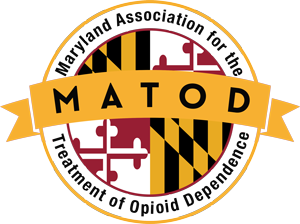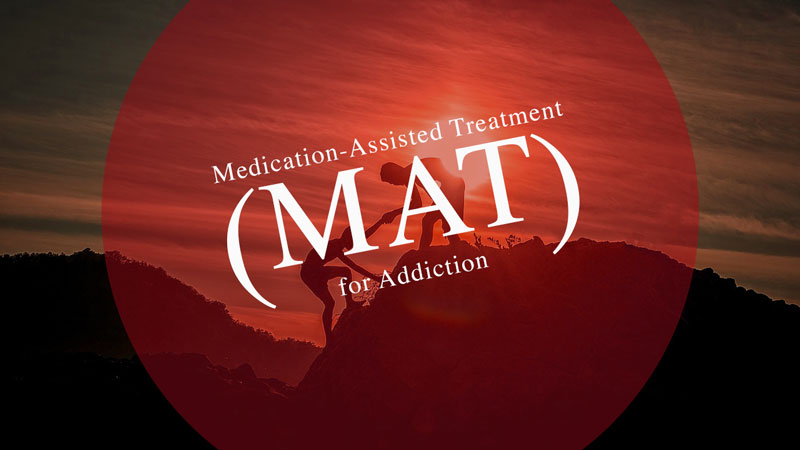DATA 2000 Practices: The Forgotten Value of Oversight
Through DATA 2000 policies, the treatment of OUD utilizing buprenorphine became available through accessible medical practice settings. The decision to not have any federal oversight for DATA 2000 practices was an attempt to “normalize addiction treatment” so clinical practitioners could treat this illness without the “regulatory burden” for OTPs. This also was the intent of legislation that limited practitioners to treat no more than 30 patients at one time. Subsequent legislation, however, raised the number of patients qualified practitioners could treat through individual DATA 2000 practices to up to 275.
Lessons Learned from Treatment Expansion
There has been a great deal of federal and state legislative and policy-making activity since 2015. While new legislation is moving the system in a positive direction, unintended challenges that may develop in the future must be addressed proactively. Major elements of current policy debates include how to expand access to treatment for OUD; who will pay for such treatment; who will coordinate such service delivery systems; and how will service delivery expand into other areas of criminal justice, including drug courts and correctional facilities. A major challenge will be developing a workforce to support such expansion.
Based on the history of OUD treatment, it is clear that comprehensive services are necessary for the majority of people in treatment, especially when treatment begins. As patients become stabilized, the focus on what services are needed to continue recovery will inevitably change based on individual patient experiences. It is also clear that increasing access to care and treatment requires quality of care assessments and monitoring, as well as continuous quality improvement at the provider/facility level. In addition, medication diversion needs to be minimized, especially in the midst of an opioid epidemic.
The Diversion of Federally Approved Medications: Is it A Problem?
Medication diversion in addiction treatment facilities has been an area of concern since the 1970s, when methadone was the exclusive medication used to treat OUD in the United States. By the 1980s, reports of methadone diversion from the nation’s OTPs became significant.
The IOM addressed methadone diversion in its 1995 report, Federal Regulation of Methadone Treatment, in which it stated that “The concerns for methadone diversion preceded the issuance of FDA methadone regulations in 1972, influenced the views of policymakers writing the regulations, and continues to shape the regulations today as thoroughly as does the concern for the medical use of methadone to treat opioid addiction.” (13) The report described how such diversion concerns influenced the development of “closed model”1 treatment programs regulated by the federal government with strict time lines and criteria for granting and restricting take-home doses to patients.
1 OTPs must file an application to operate, subject to the approval of SAMHSA and the DEA. The Congressional legislation bifurcated the regulatory oversight to DHHS and the DOJ.




Leave a Reply